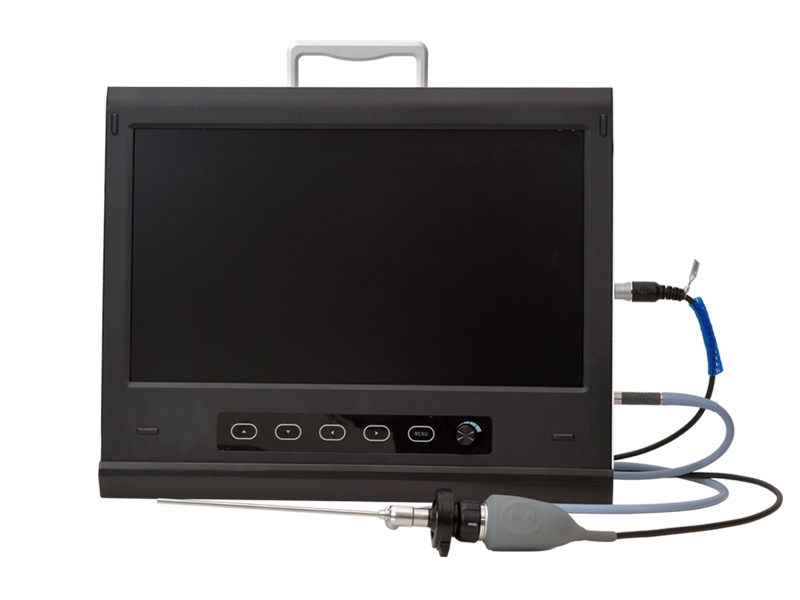Veterinary Laparoscopy is more and more widely used in the veterinary field. It has the advantages of direct vision, minimally invasive, clear vision, less bleeding, light pain response, and quick recovery of the body after surgery. Together with the application of veterinary laparoscopy in horses, cattle and other large animals.

Application of veterinary laparoscopy in horses:
1. Diagnosis of horse diseases: Laparoscopic biopsy of horses can obtain tissue samples such as the spleen, left kidney, left ovary and tumors in the left abdominal cavity through laparoscopic biopsy, and liver, right ovary and tumors can be obtained from the right path. sample. The collection and evaluation of abdominal tumor samples is also an important advantage of laparoscopic diagnosis. In practice, the most common tumors include lymphoma.
Boma, melanoma, cancer, plasmacytoma and teratoma;
2. Reproductive system surgery: Laparoscopic surgery is widely used in horse reproductive surgery, such as laparoscopic ovariectomy and cryptorchidectomy;
3. Urinary system surgery: The application of laparoscopic surgery in equine urinary system is mainly the repair of bladder rupture, the removal of bladder stones and the resection of the kidneys;
4. Colon surgery: Large colon displacement and torsion are common life-threatening causes of acute abdomen in horses. Surgical treatment of colonic displacement and torsion generally adopts two methods: renal and splenic space closure and colon fixation. Both methods have been developed in laparoscopic techniques;
5. Hernia repair: Inguinal hernia and incisional hernia often occur in horses. Laparoscopy can restore the prolapsed intestinal tube in the abdominal cavity and judge the vitality of the intestinal tube, and then close the inguinal orifice or hernia wheel to achieve the therapeutic effect. purpose;
Application of veterinary laparoscope in cattle:
1. Early laparoscopic technology is applied to the reproductive system of cattle to observe the development of the ovary and the ovulation cycle, so that the follicles can be sucked at the right time with minimal damage;
2. Laparoscopy is also used in the diagnosis and treatment of cattle diseases. Laparoscopic exploration can be used to diagnose postoperative uterine torsion in cattle, the position after reduction of abomasum displacement, traumatic reticulitis, and postoperative adhesions;
The above briefly introduces the application of veterinary laparoscopy in horses, cattle and other large animals. For details, please contact IKEDA!